The best TST Surfer 27.5" commuter bike is a powerful, versatile, and affordable electric bike designed for urban riders seeking comfort, reliability, and performance. Featuring a 1000W brushless rear hub motor, a 48V 15Ah lithium battery with up to 65 miles range, Shimano 7-speed gearing, hydraulic disc brakes, and a lightweight aluminum step-thru frame, it offers smooth riding, easy mounting, and confident stopping power for daily commuting and light trail use.
What Motor and Battery Power Does the TST Surfer 27.5" Commuter Bike Have?
The TST Surfer 27.5" is equipped with a 1000W brushless gear motor delivering approximately 45-70 Nm torque, enabling speeds up to 23 mph (regulated) and quick hill climbing. Its 48V 15Ah lithium-ion battery provides up to 65 miles of pedal-assist range and charges fully within 4-5 hours, balancing power and endurance for extended rides.
How Does the Step-Thru Frame Benefit Commuters?
The aluminum alloy step-thru frame offers a low standover height, making mounting and dismounting effortless, especially for riders wearing work clothes or with limited mobility. It supports a maximum load capacity of 400 lbs, combining durability with lightweight maneuverability for urban environments. Why Are Integrated Safety Features Vital For E-Bikes?
What Gearing and Braking Systems Enhance Ride Quality?
Featuring a professional Shimano 7-speed drivetrain, the bike allows smooth gear transitions for varied terrain and riding conditions. Hydraulic dual disc brakes with 180mm rotors on both wheels provide strong, reliable stopping power in wet or dry conditions, crucial for urban safety.
What Suspension and Tire Features Improve Comfort and Stability?
An 80mm travel front suspension fork absorbs shocks from uneven surfaces, reducing rider fatigue. The 27.5” x 2.25” Chao Yang puncture-resistant tires offer excellent grip and durability, smoothing out bumps and providing stability on city streets and light trails.
Chart: TST Surfer 27.5" Key Features Overview
| Feature | Specification |
|---|---|
| Motor | 1000W Brushless Gear Motor |
| Battery | 48V 15Ah Lithium-ion |
| Range | Up to 65 miles |
| Top Speed | 23 mph (regulated) |
| Frame | Aluminum Alloy Step-Thru |
| Gearing | Shimano 7-Speed |
| Brakes | Hydraulic Dual Disc (180mm) |
| Suspension | Front Suspension Fork (80mm) |
| Tires | 27.5” x 2.25” Puncture Resistant |
| Max Load Capacity | 400 lbs |
Why Is the TST Surfer 27.5" Ideal for Urban Commuting?
Its combination of powerful motor, long-range battery, and ergonomic step-thru frame make it accessible and efficient for stop-and-go city traffic. The hydraulic brakes and suspension ensure safety and comfort on varied road conditions, while the Shimano gears adapt to inclines and flats seamlessly.
Buying Tips
When choosing a TST Surfer 27.5" commuter bike:
- Confirm motor power and battery capacity meet your commute distance.
- Prioritize hydraulic disc brakes and suspension for safety and comfort.
- Ensure the step-thru frame suits your mounting needs.
- Look for reliable Shimano gearing for smooth shifting.
- Test ride to assess comfort, handling, and power delivery.
- Review warranty and customer support.
These tips help secure a reliable and enjoyable commuting experience.
TST EBike Expert Views
“The TST Surfer 27.5" strikes a perfect balance between power, range, and accessibility. Its 1000W motor and 48V 15Ah battery deliver confident performance, while the step-thru frame and hydraulic brakes enhance rider comfort and safety.” – TST EBike Product Specialist
FAQ
What is the top speed of the TST Surfer 27.5"?
Up to 23 mph regulated, 28 mph unlocked.
How long does the battery take to charge?
Approximately 4-5 hours.
Is the battery removable?
Yes, for convenient charging.
What is the maximum load capacity?
Supports up to 400 lbs including rider and cargo.
The TST Surfer 27.5" commuter bike offers a powerful, comfortable, and feature-rich option for urban riders seeking reliable daily transportation with extended range and ease of use.

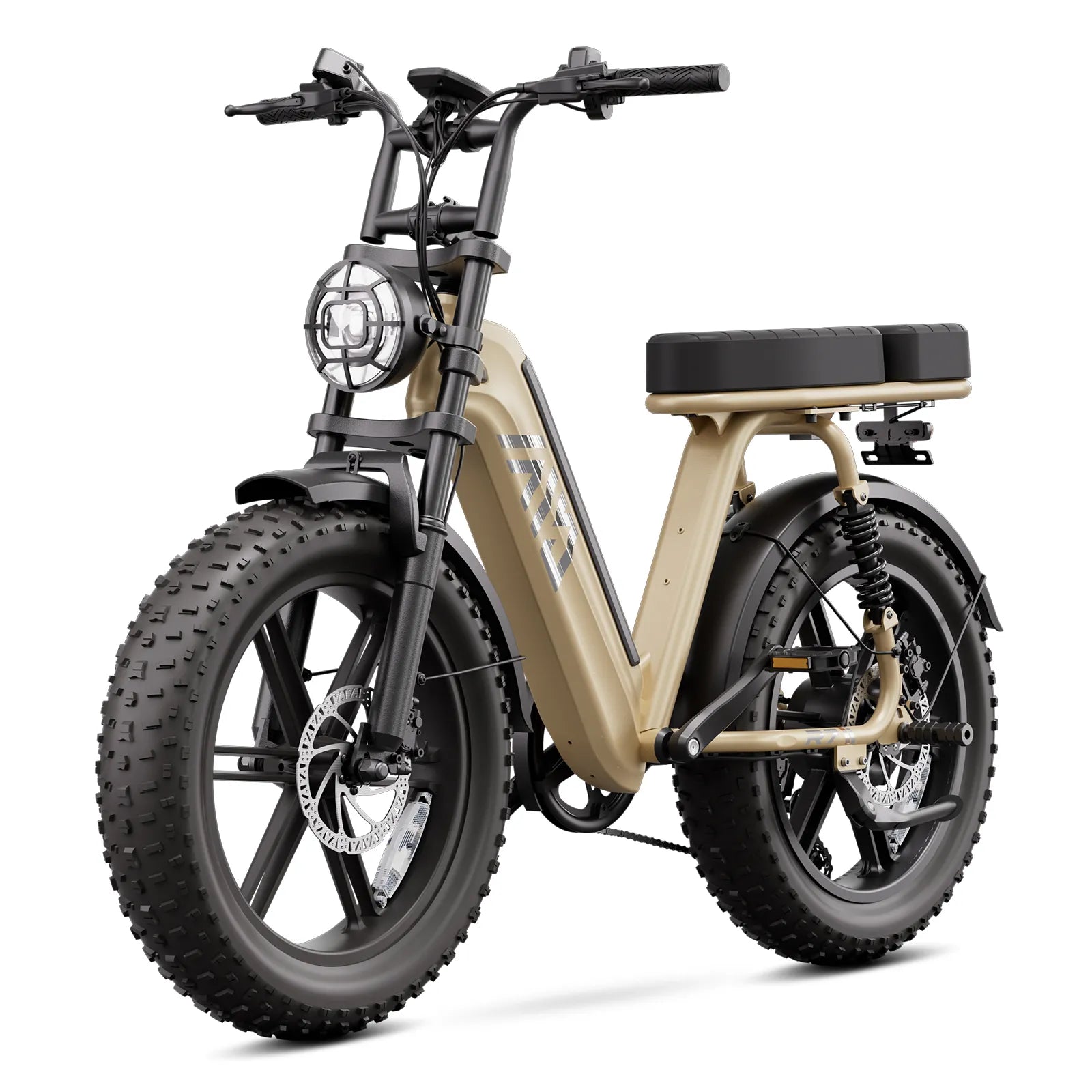
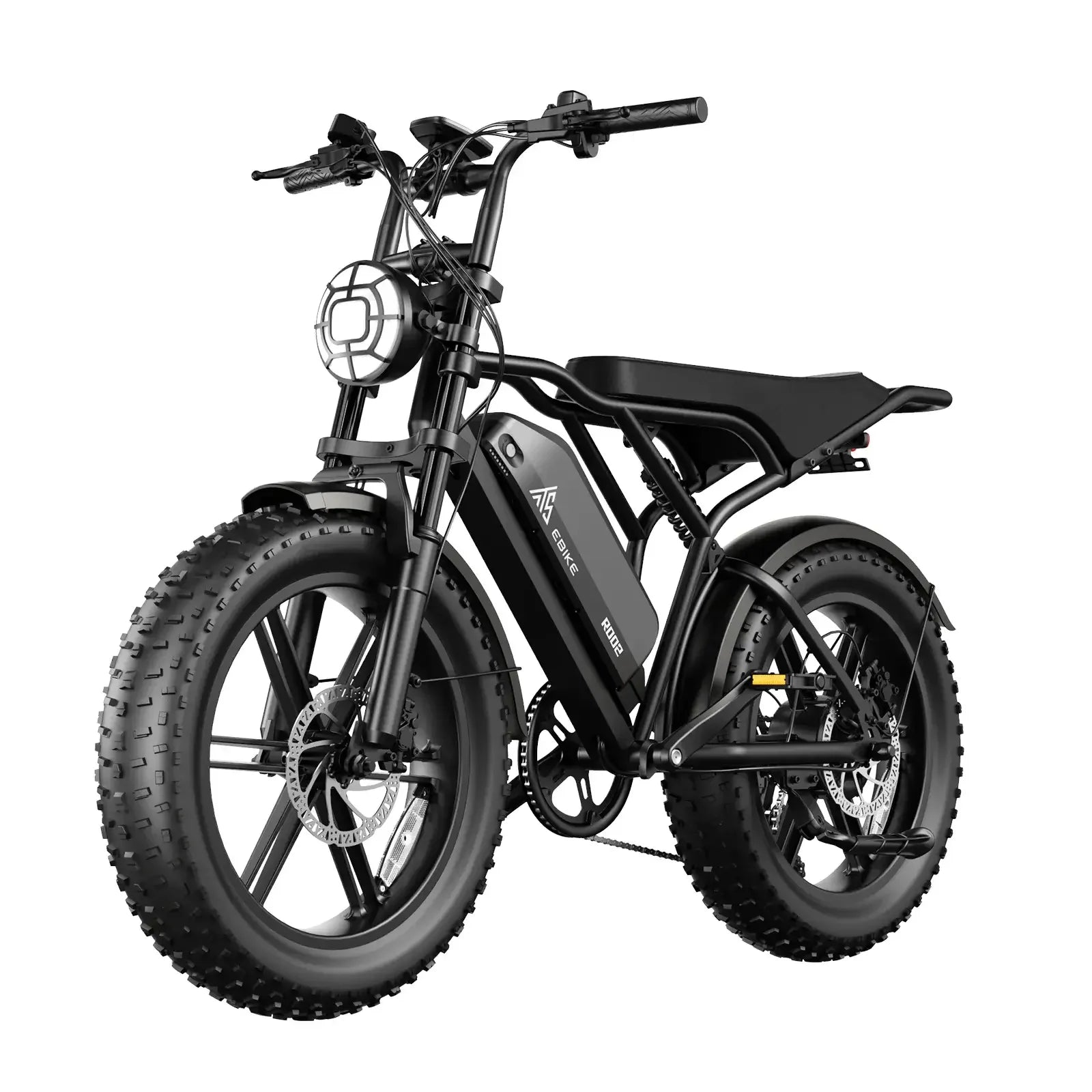

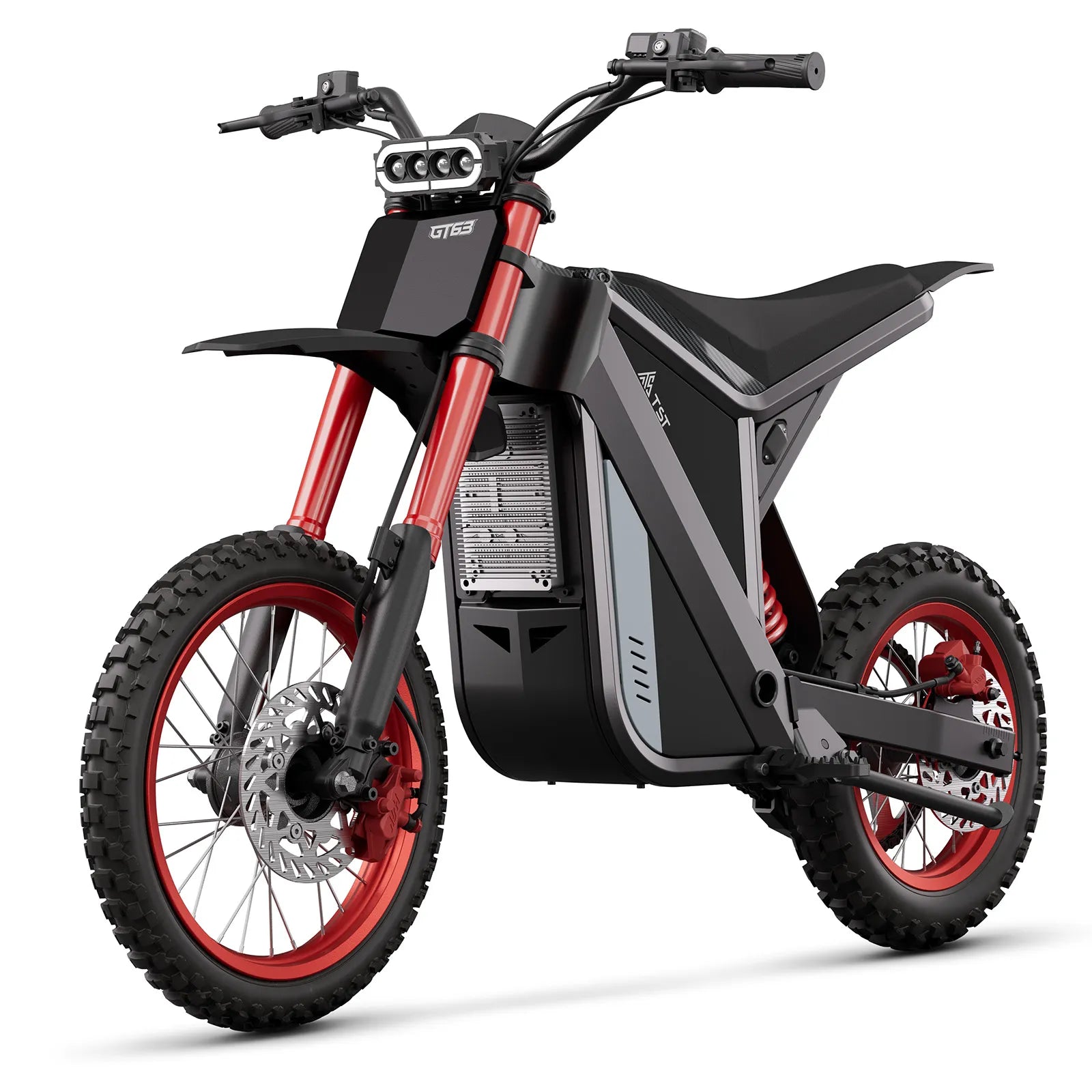
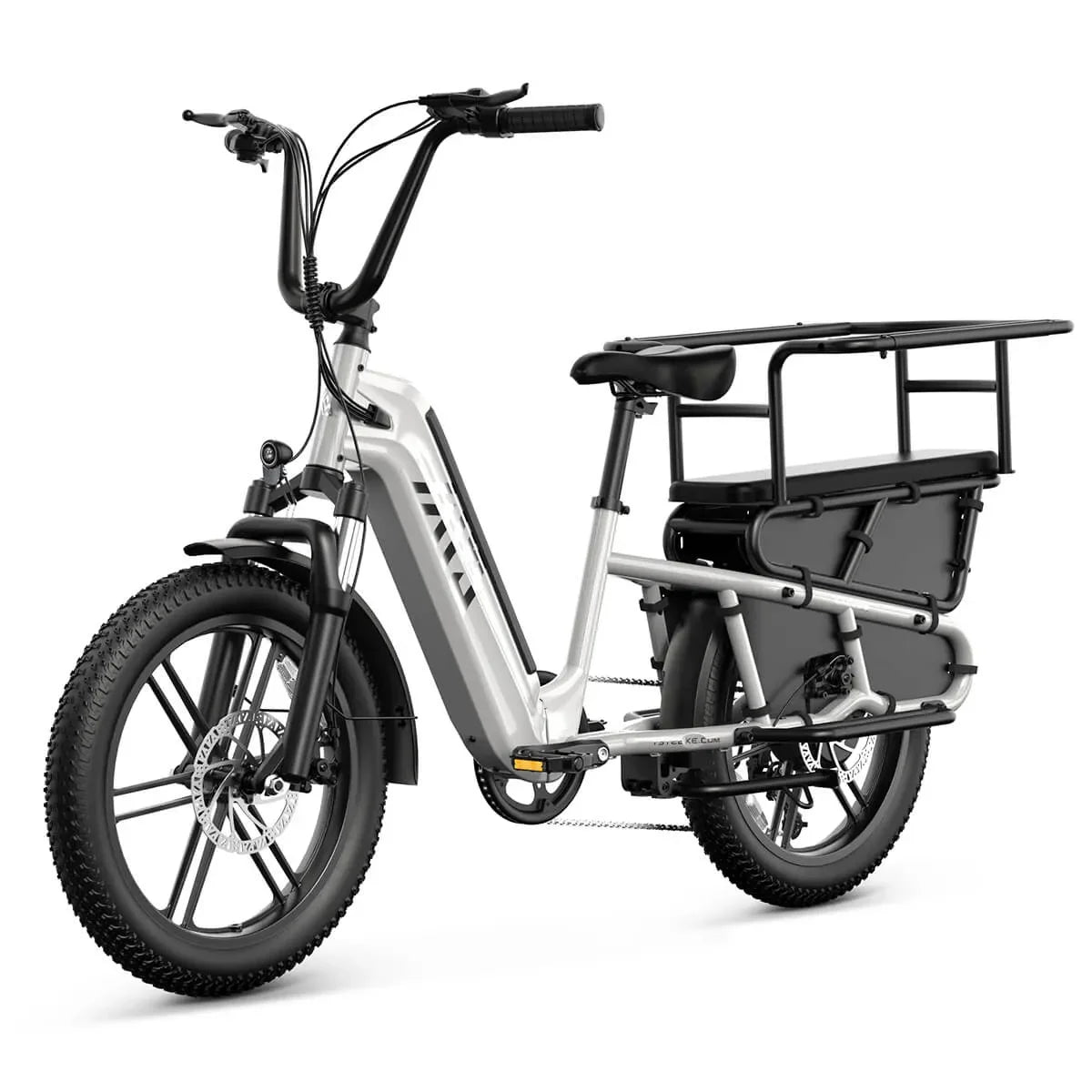
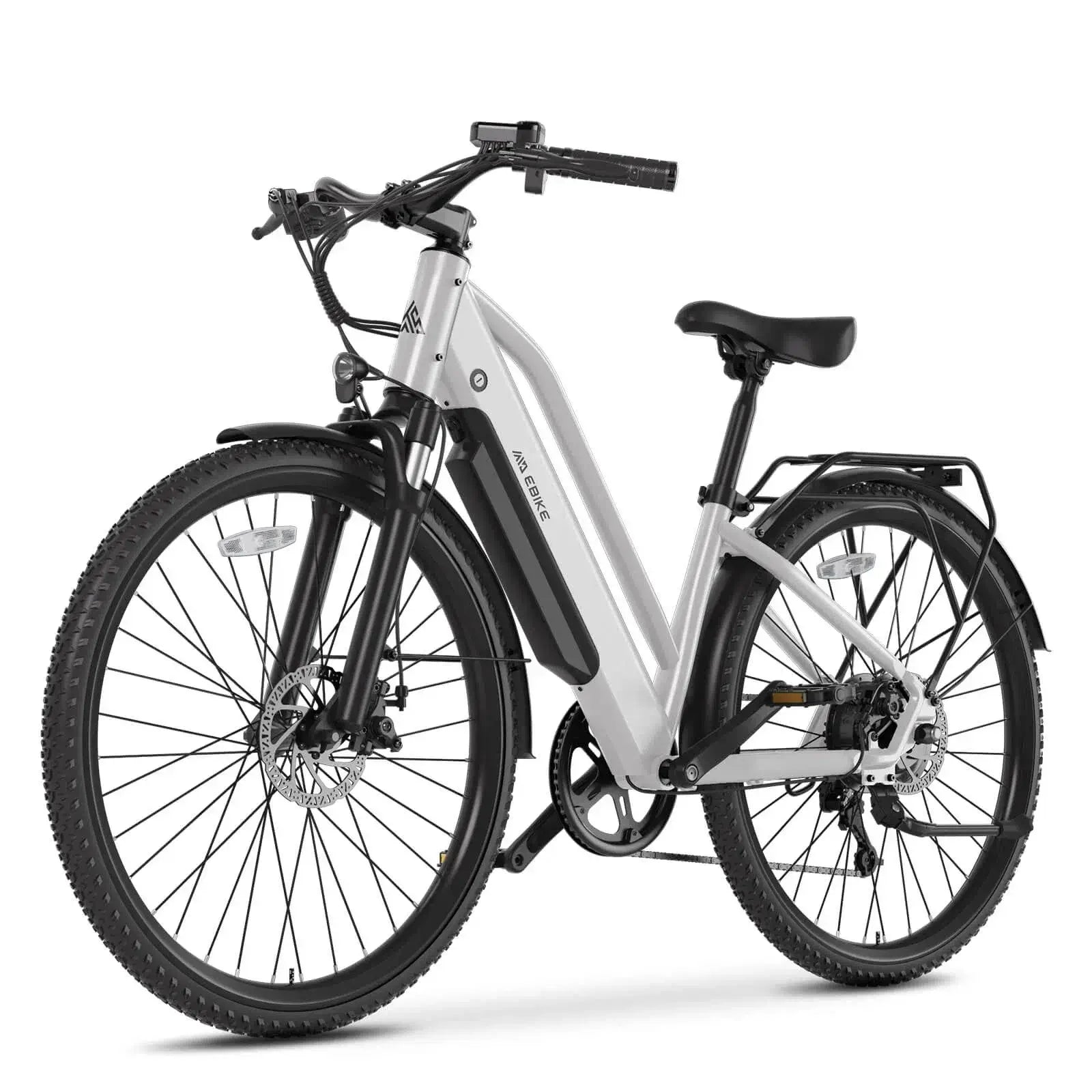
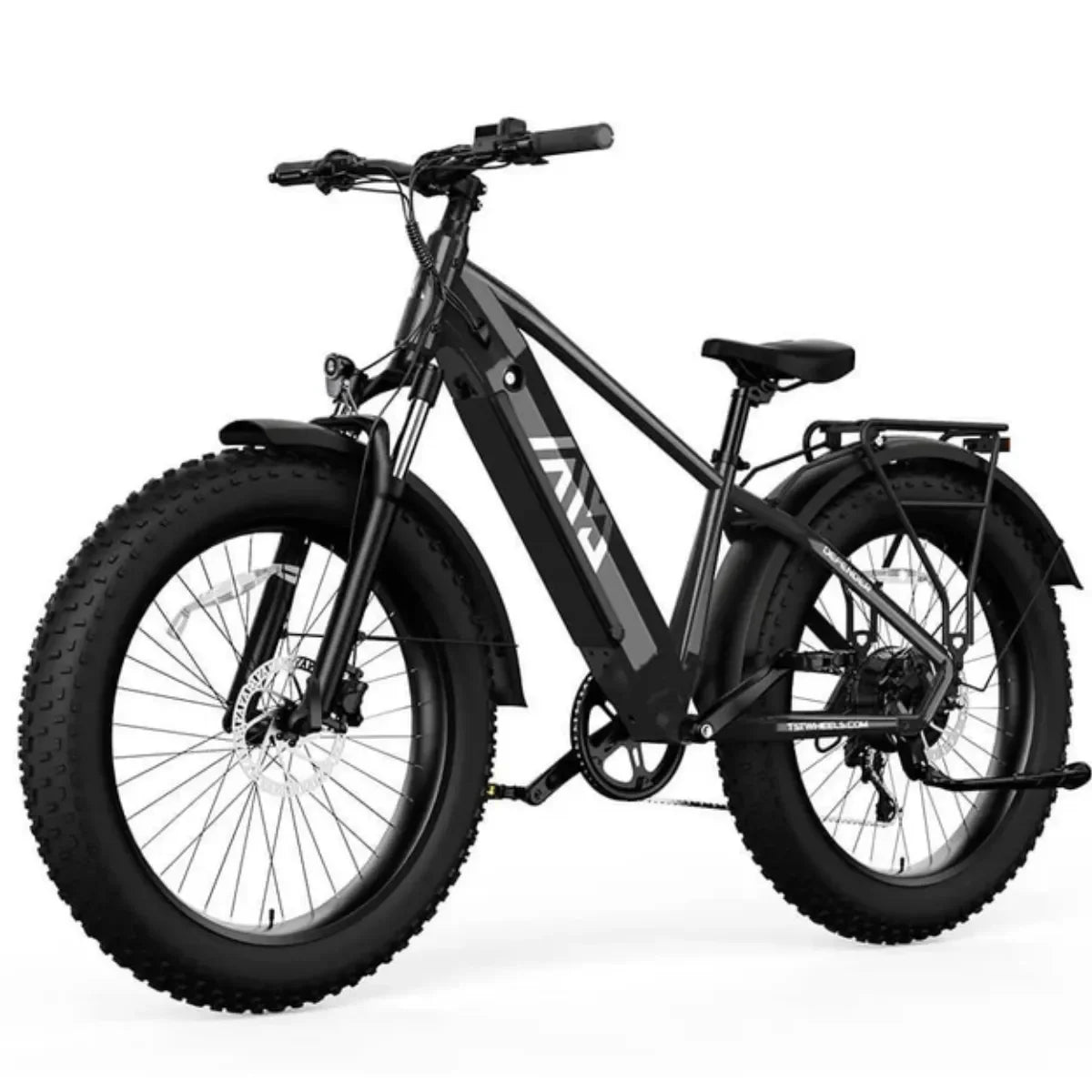
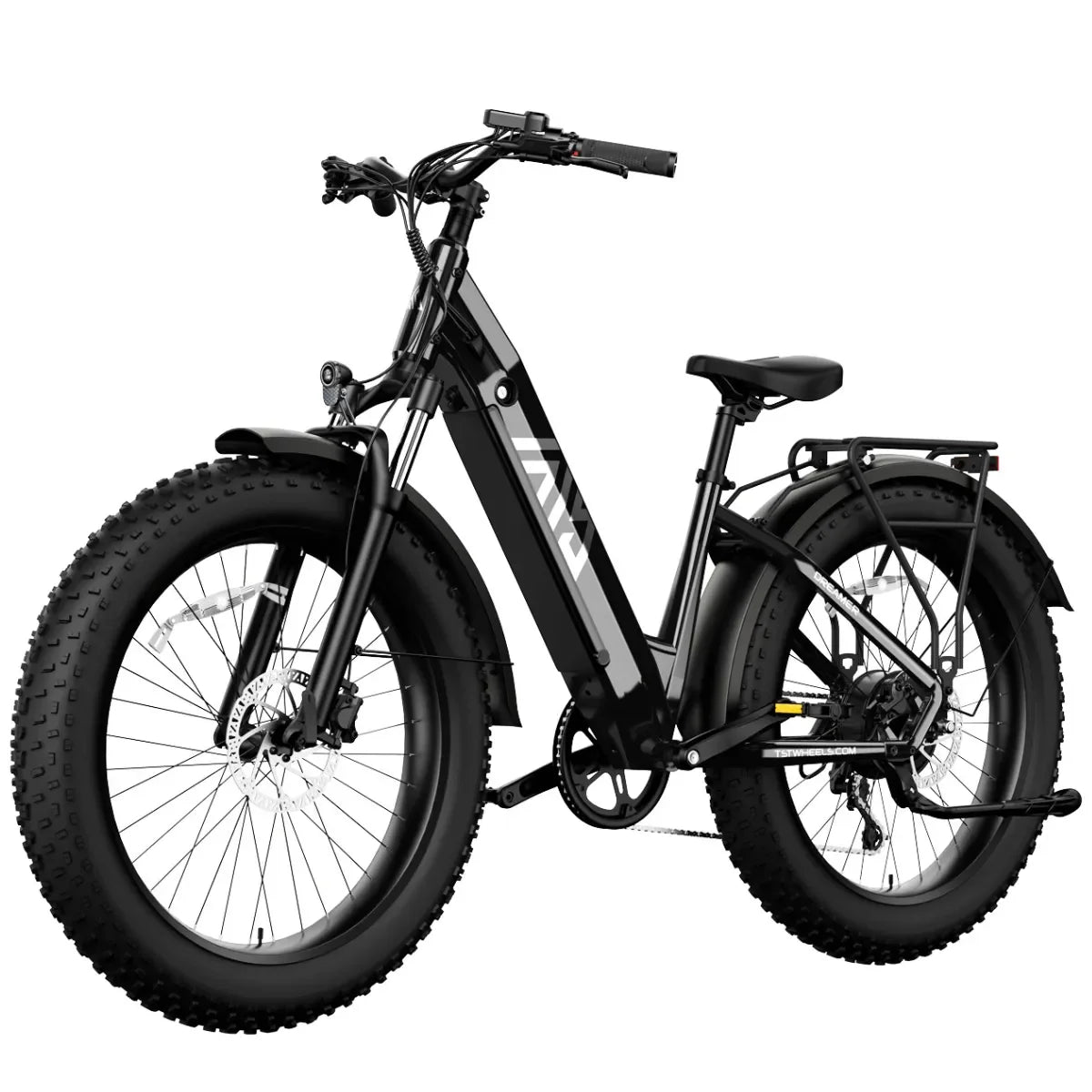
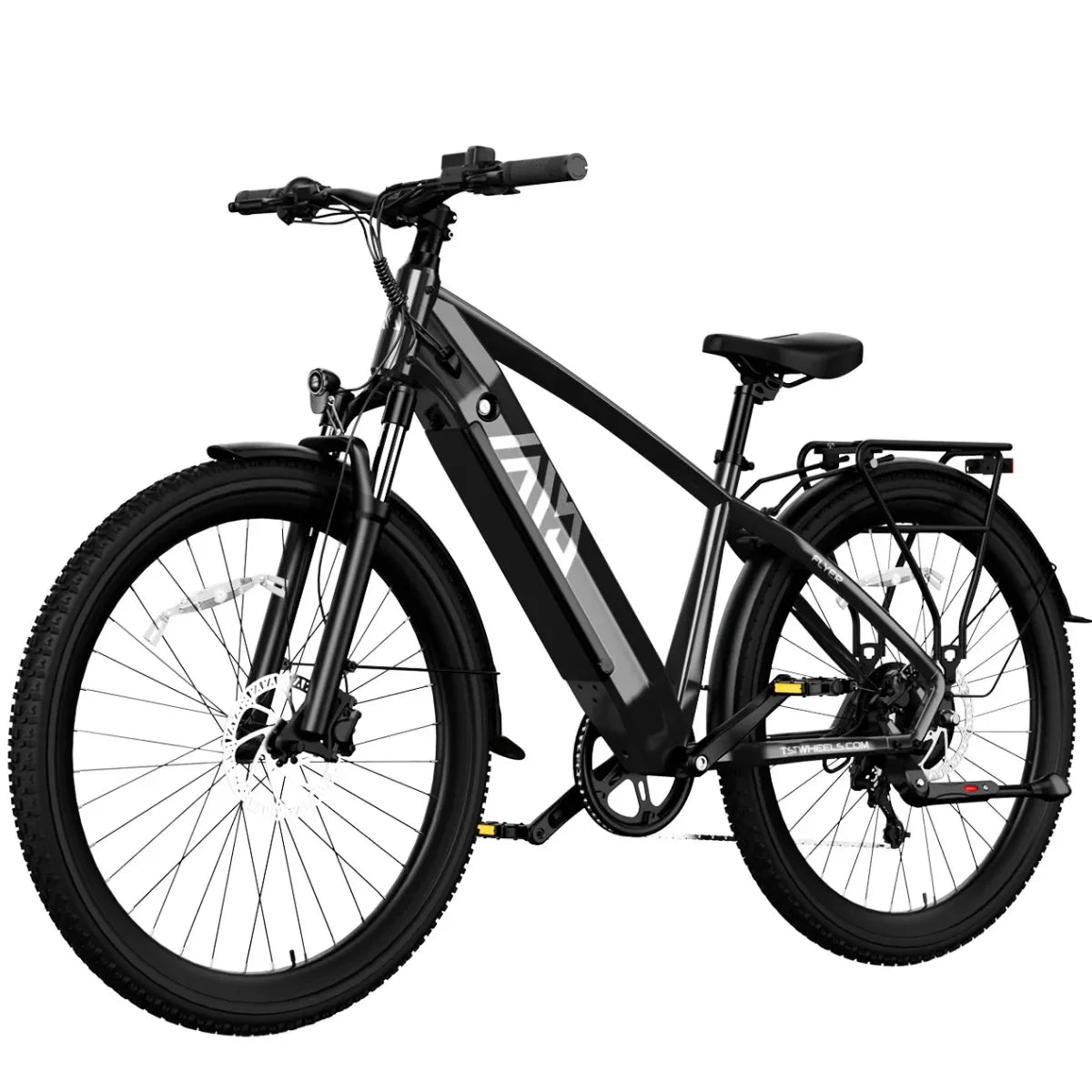
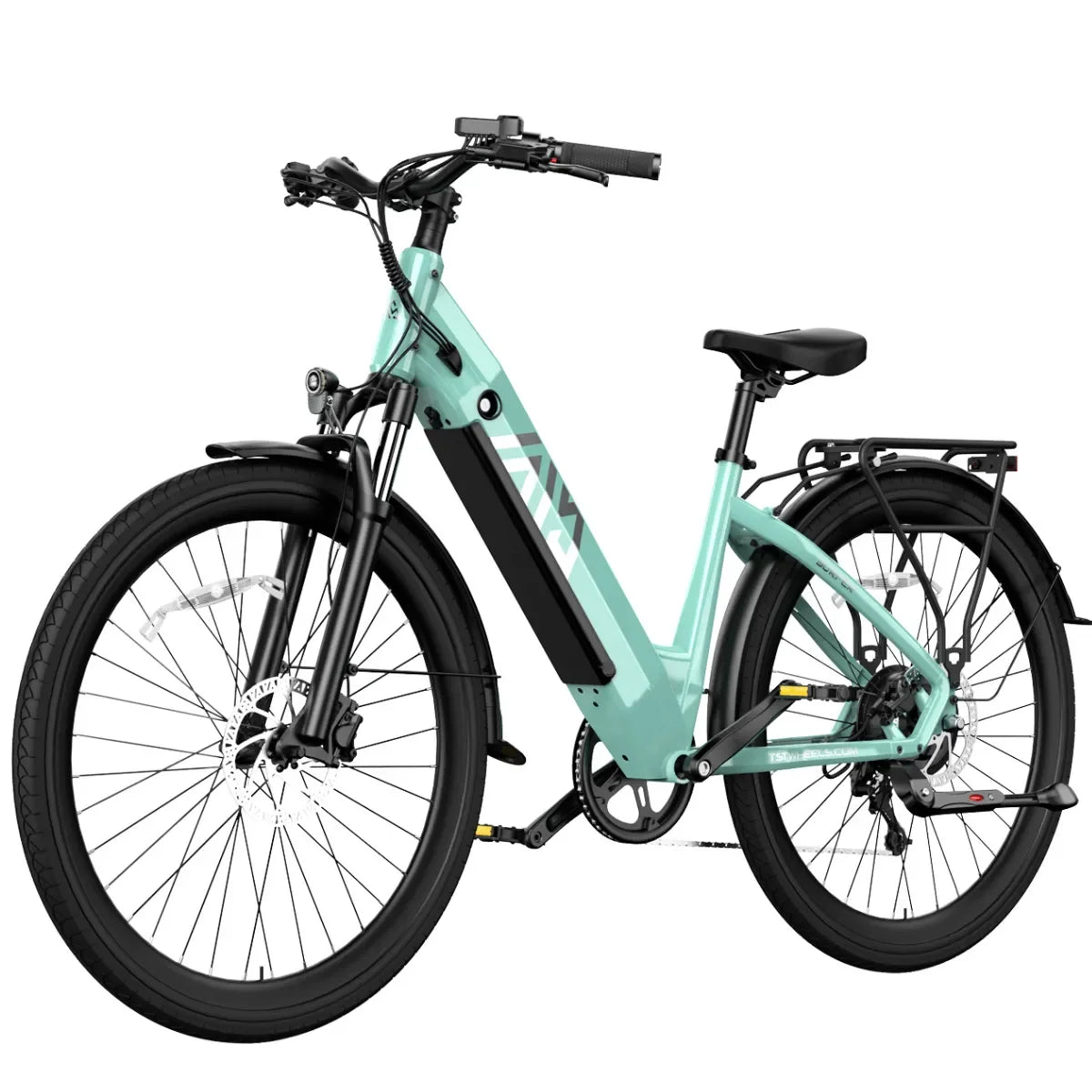
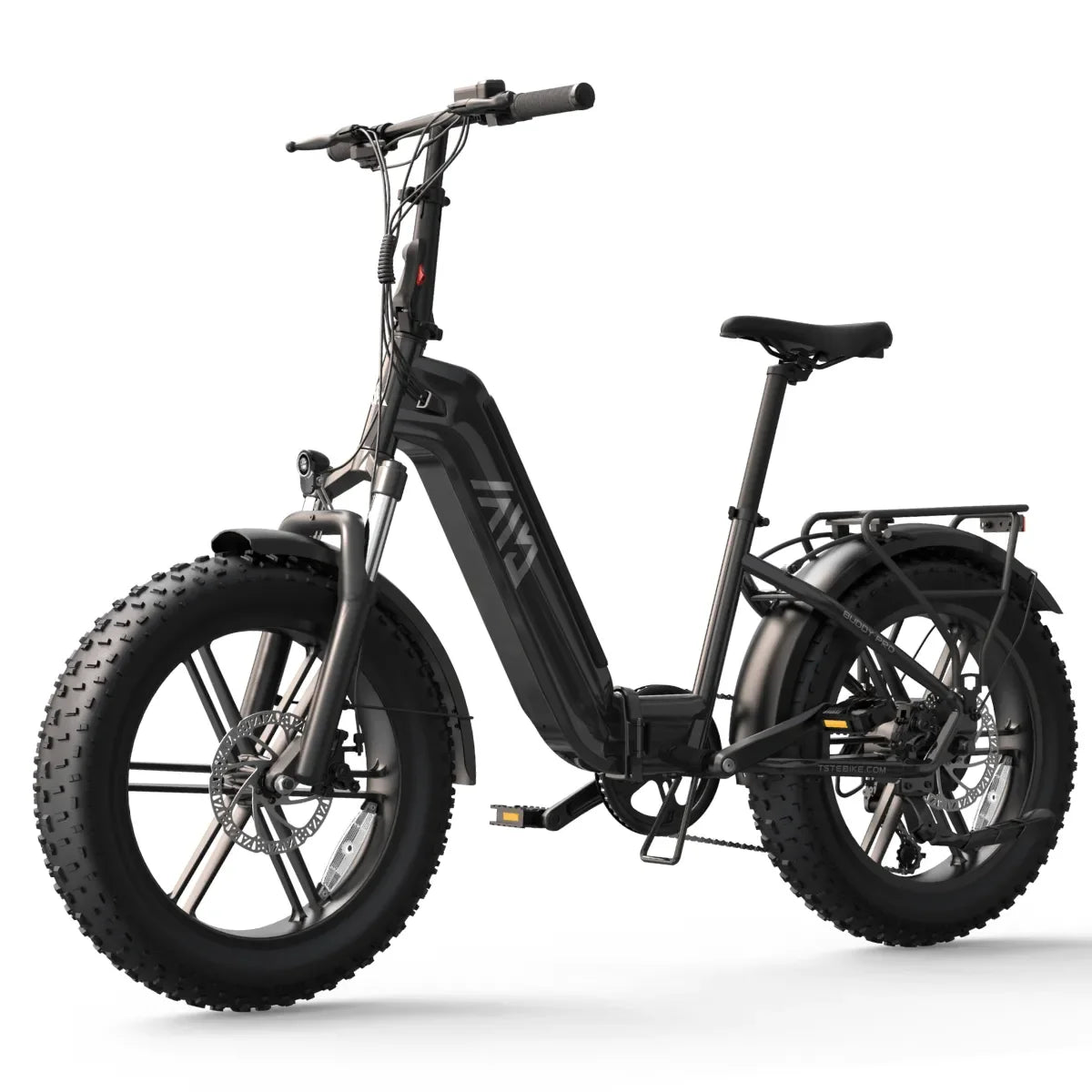
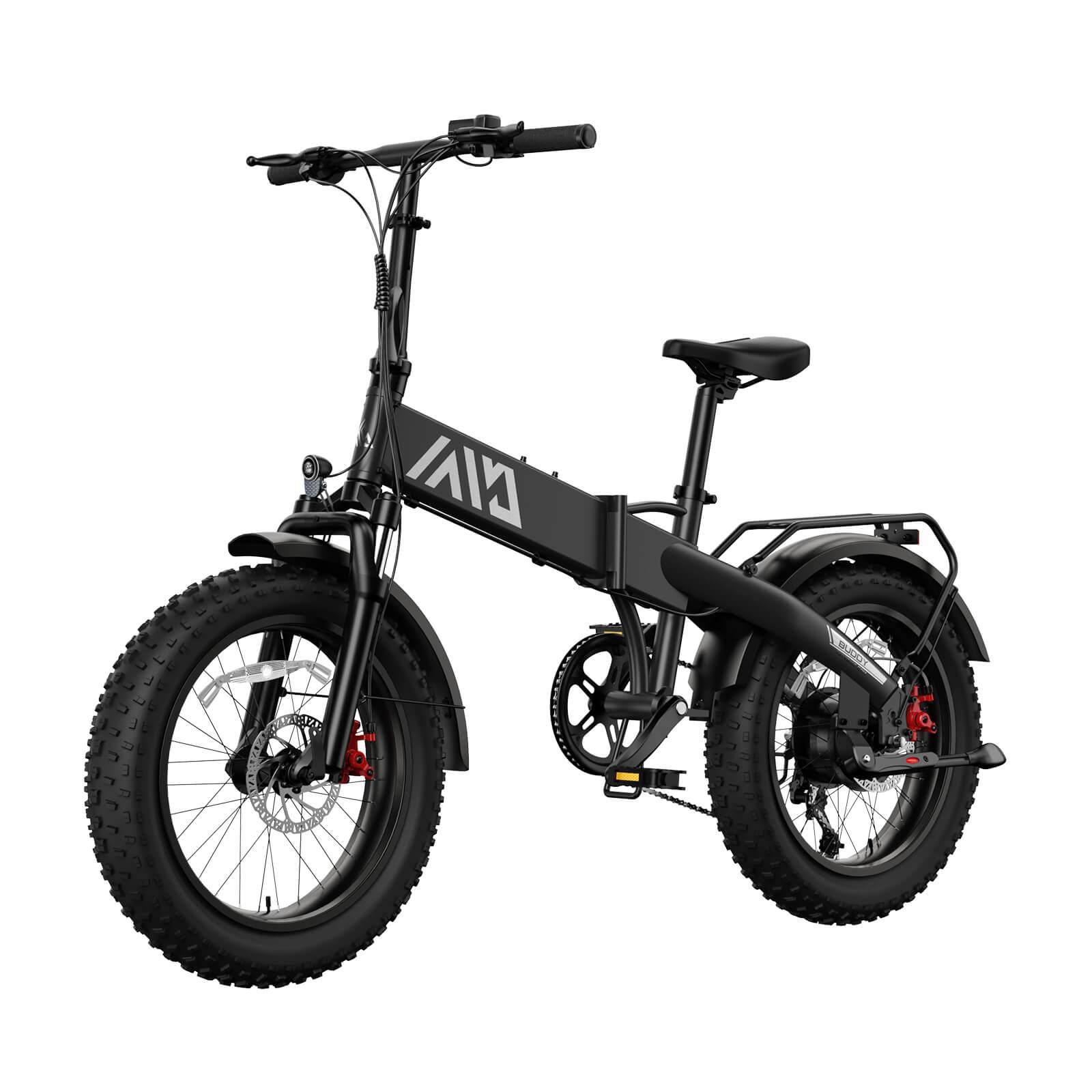
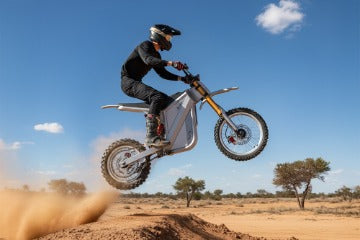
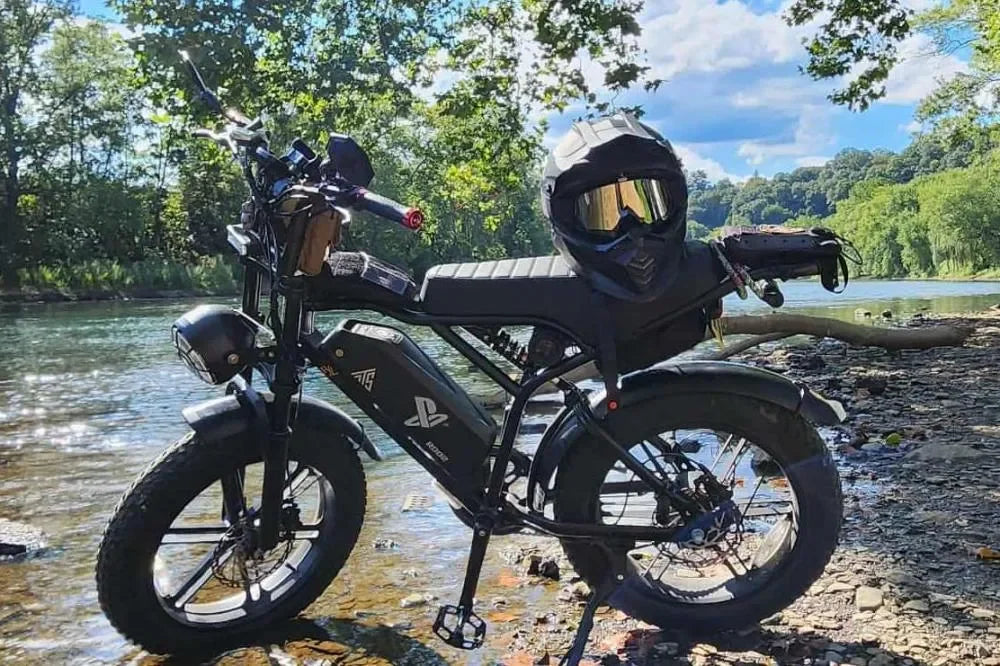
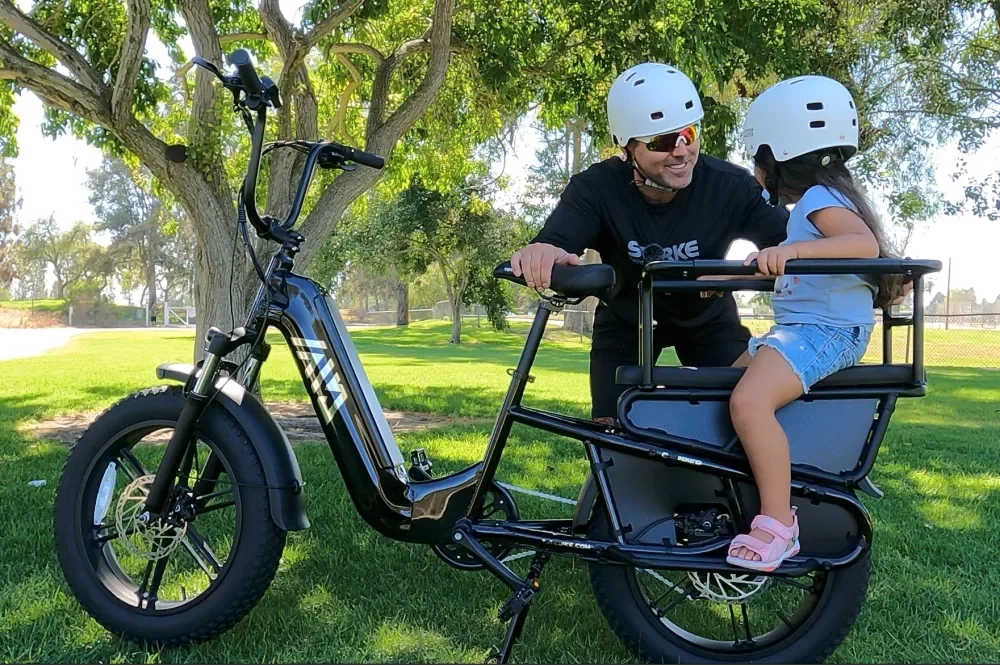
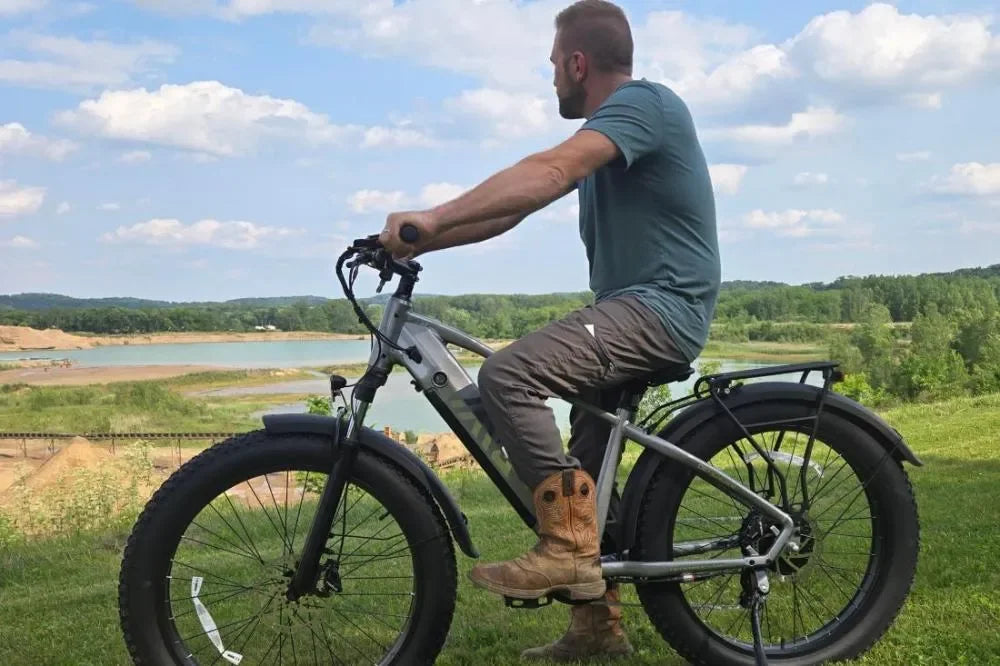
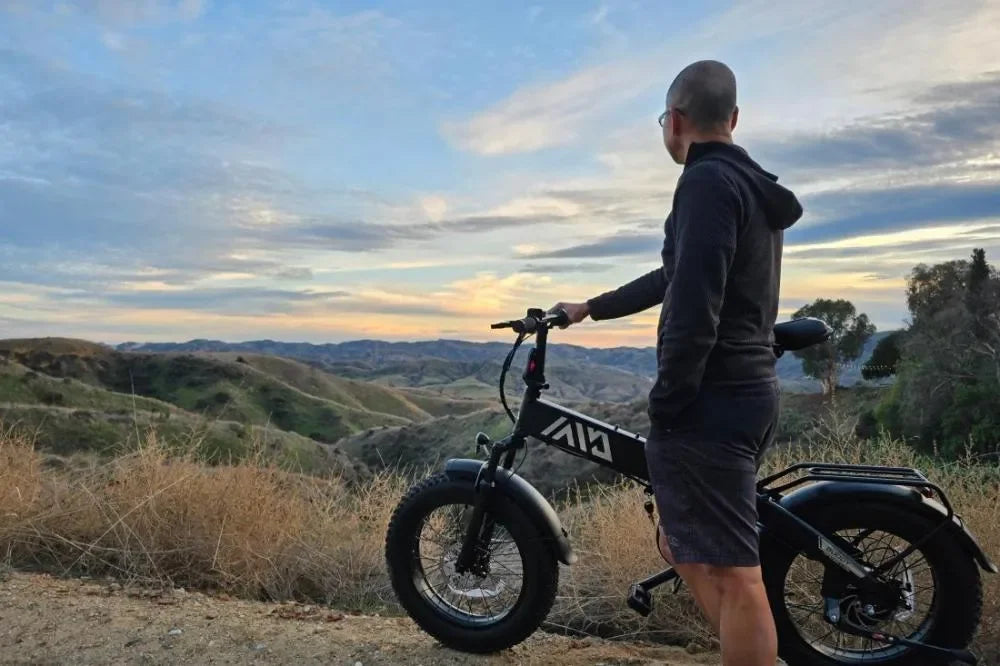
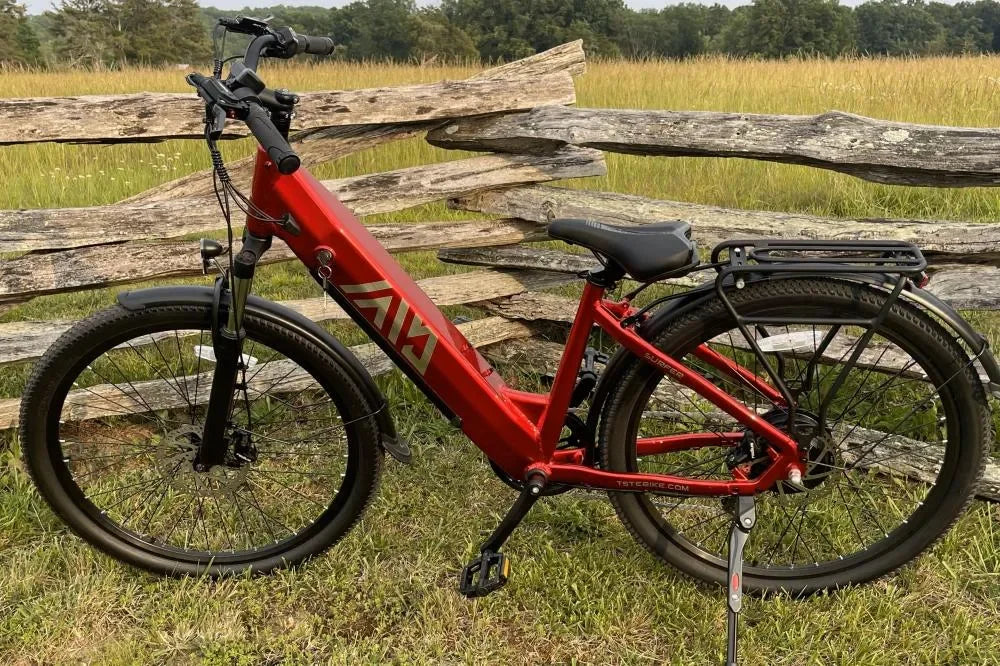
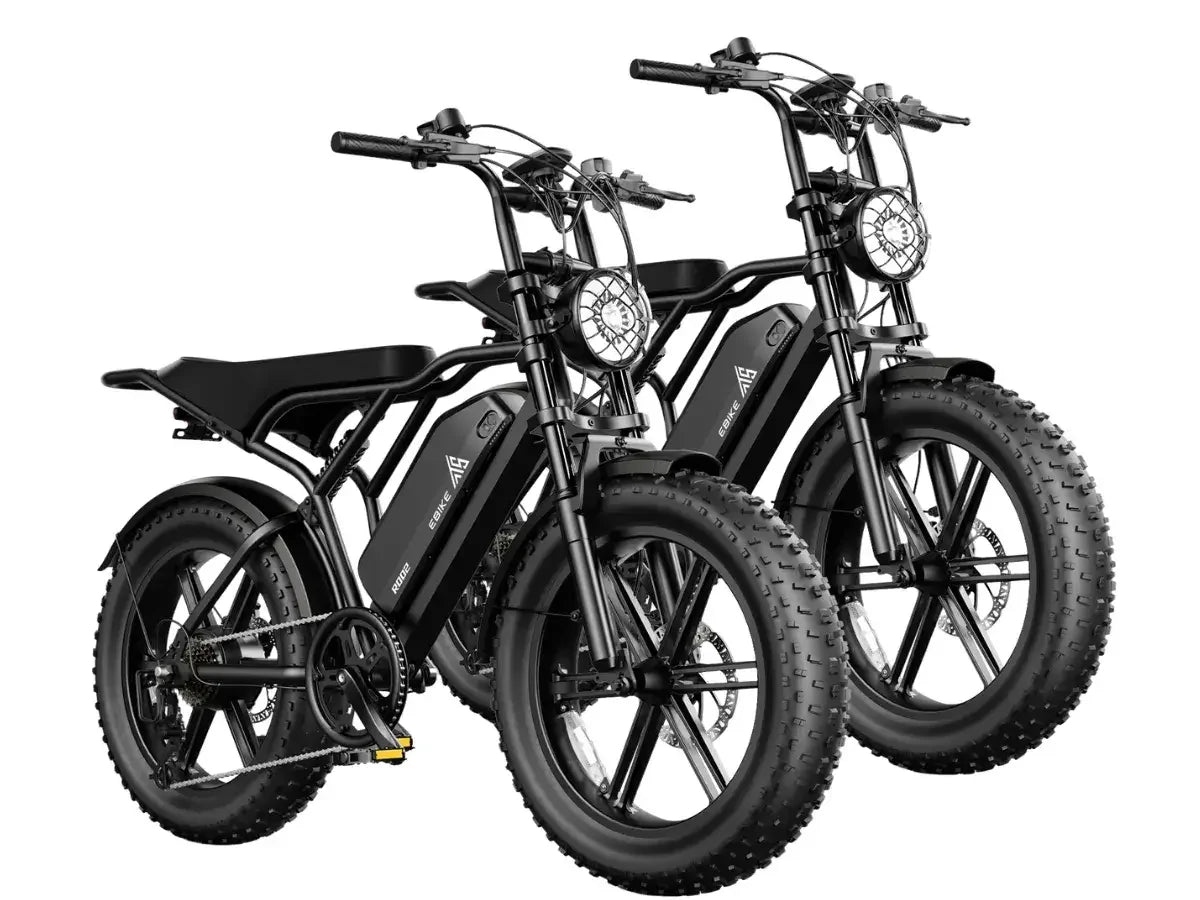
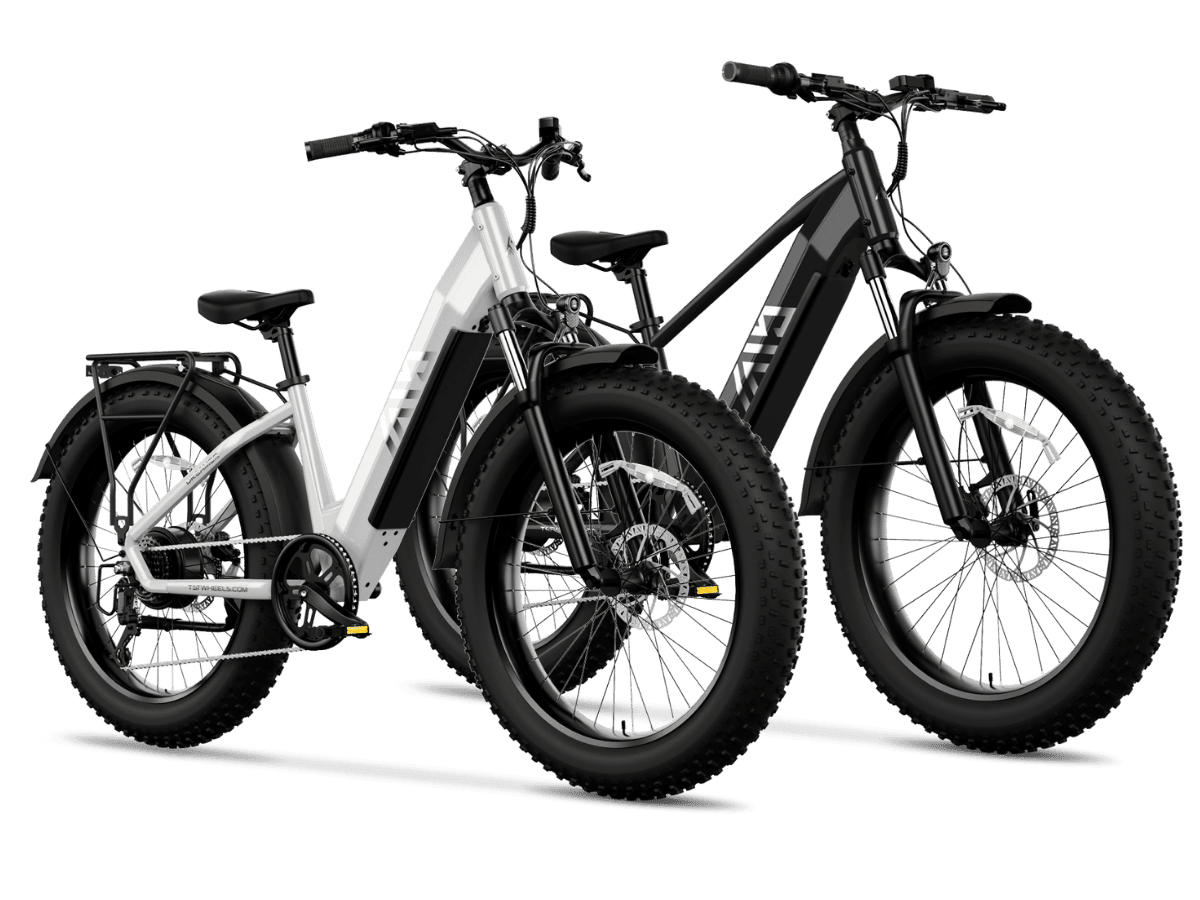
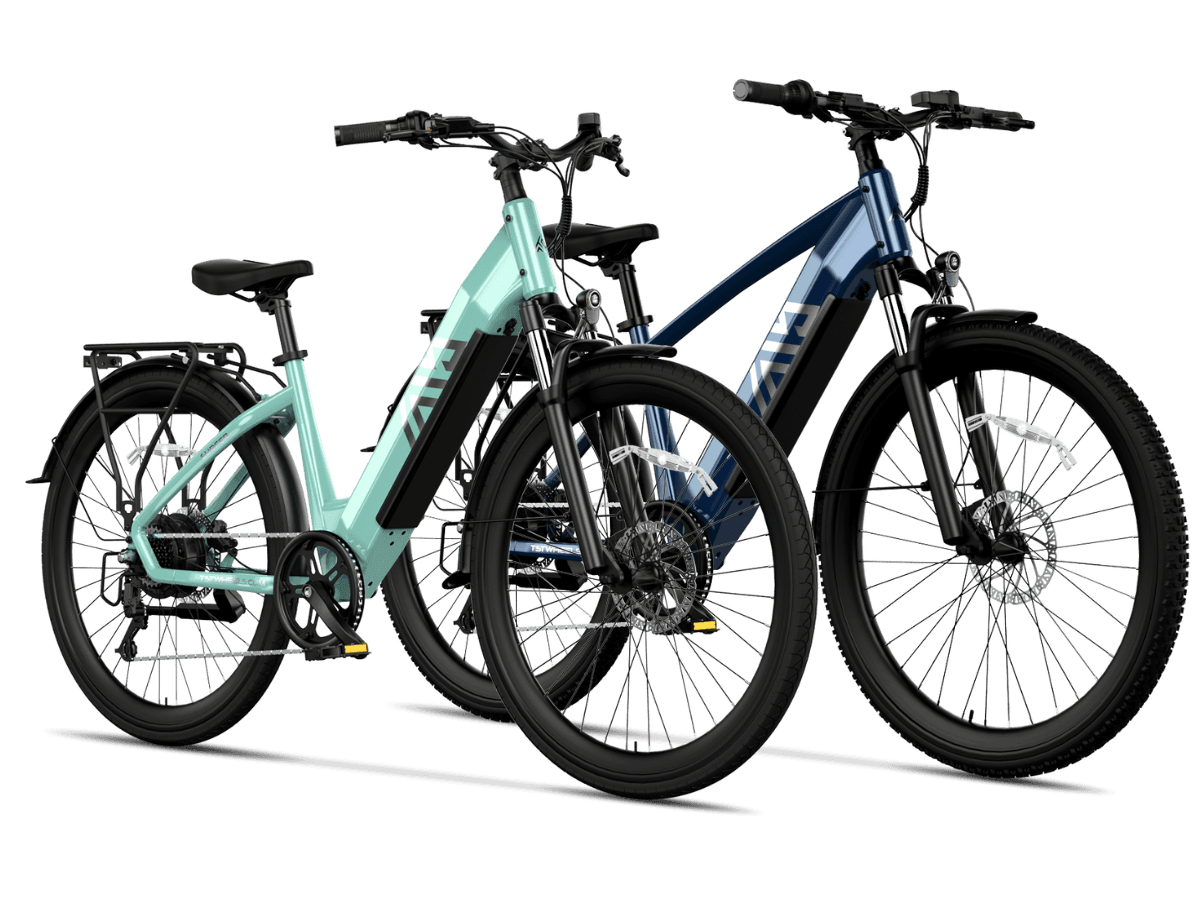
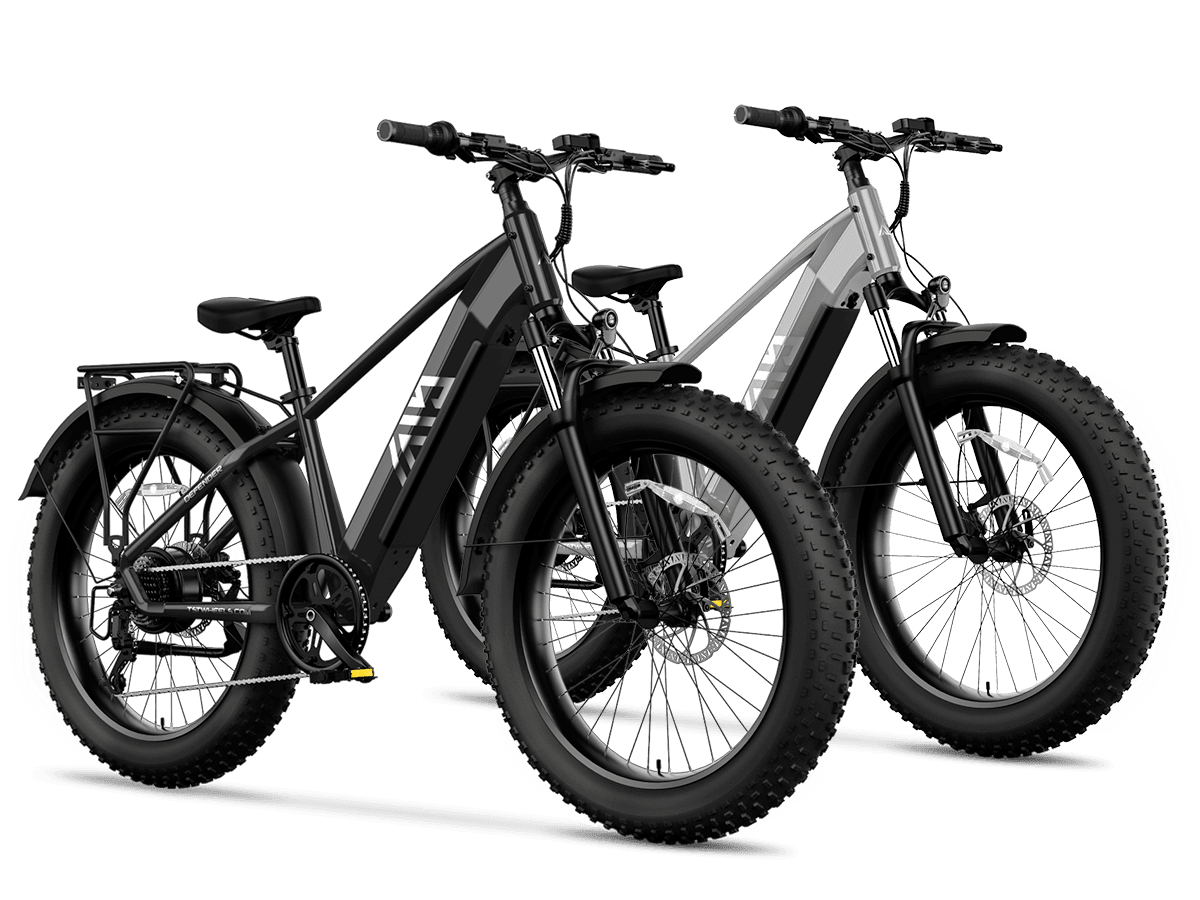
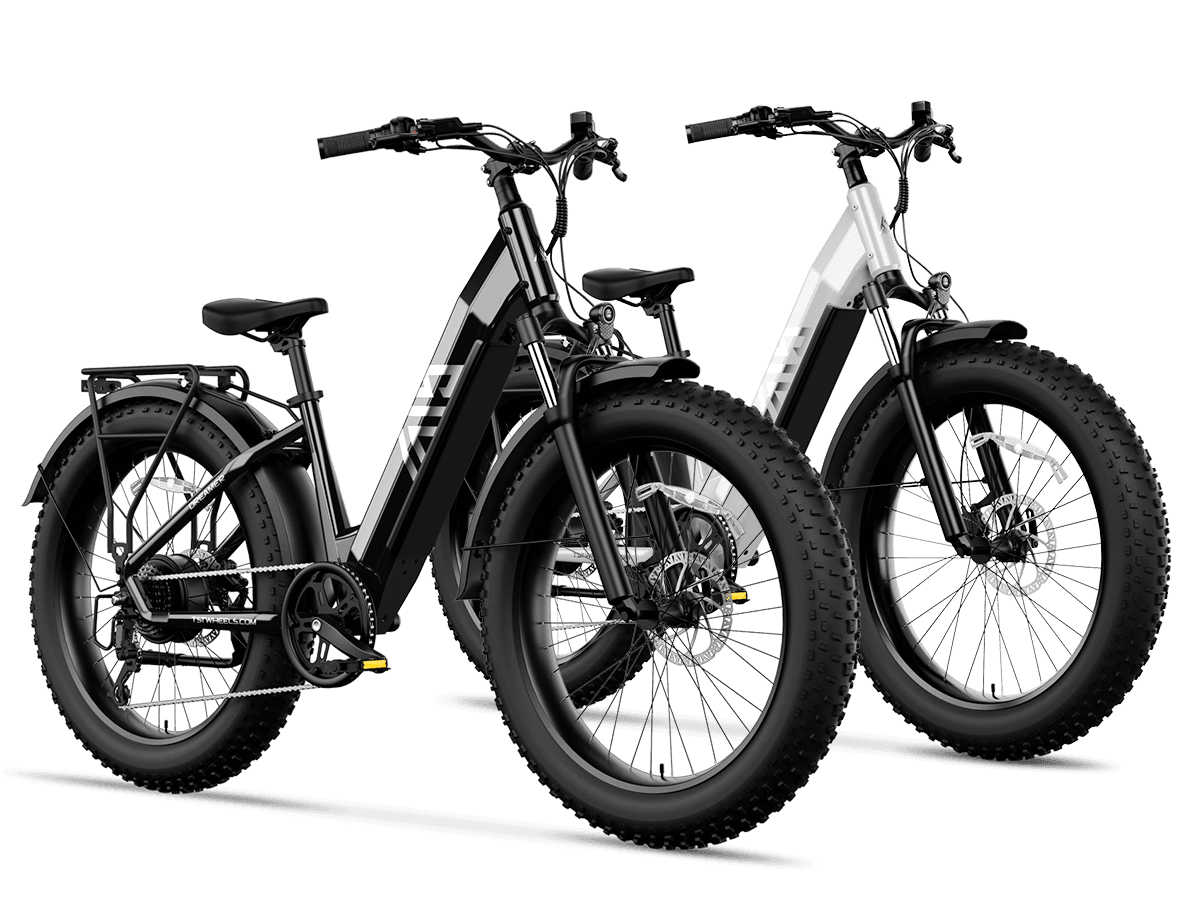
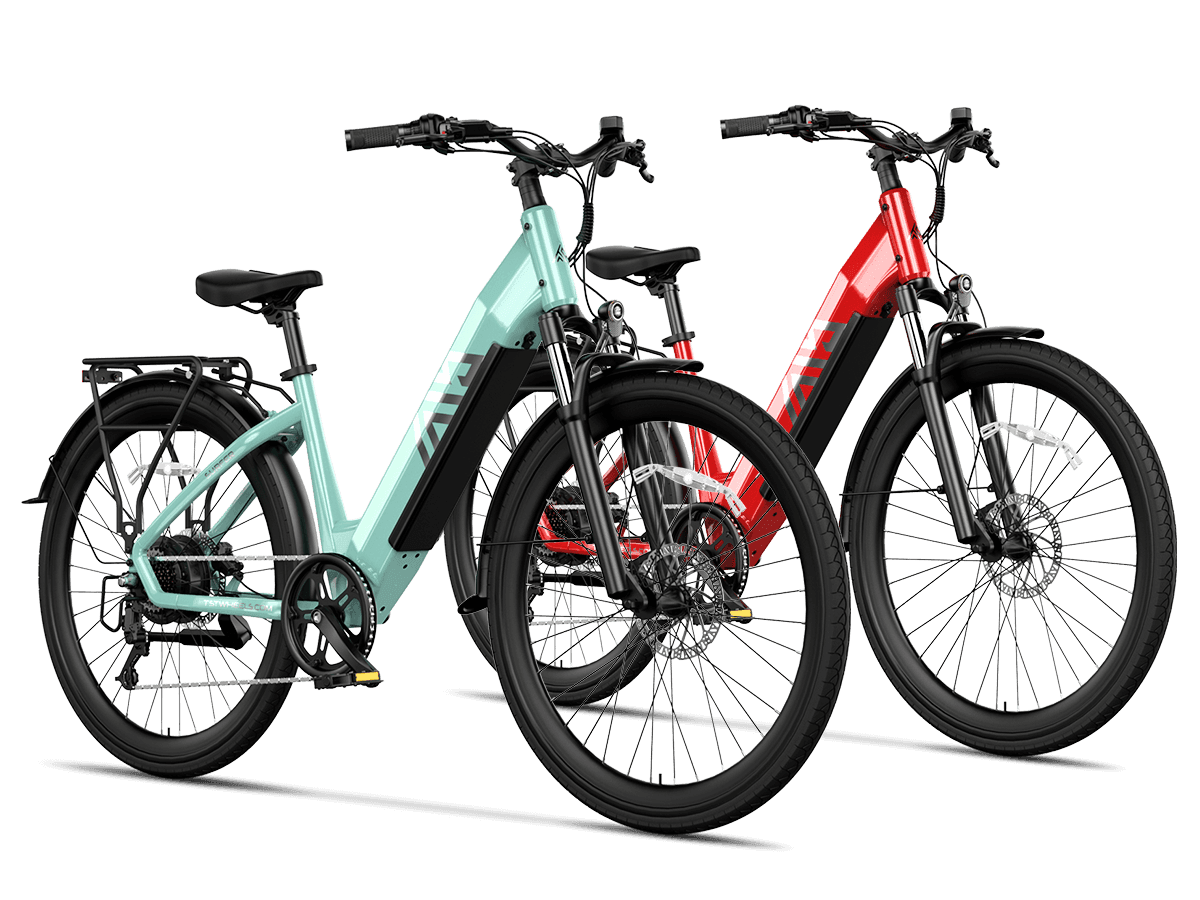
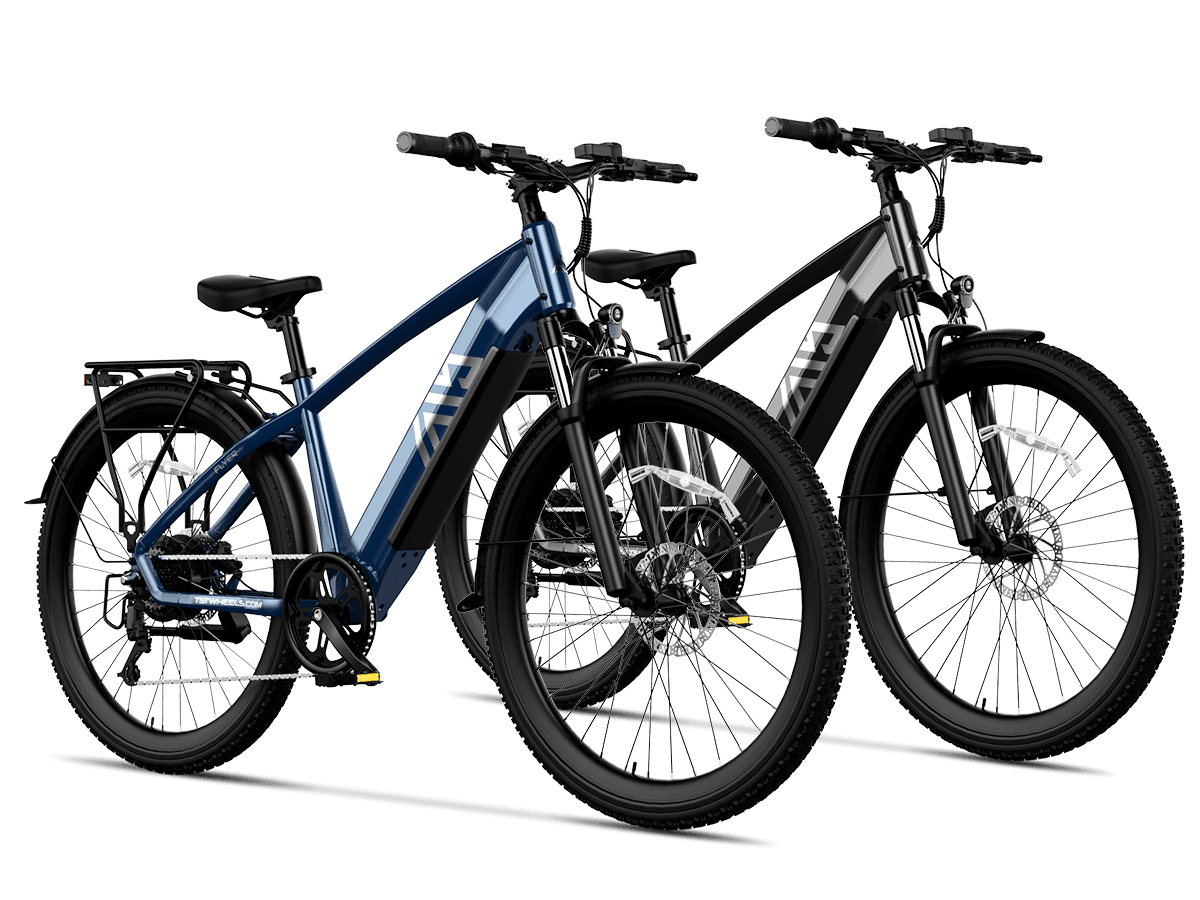

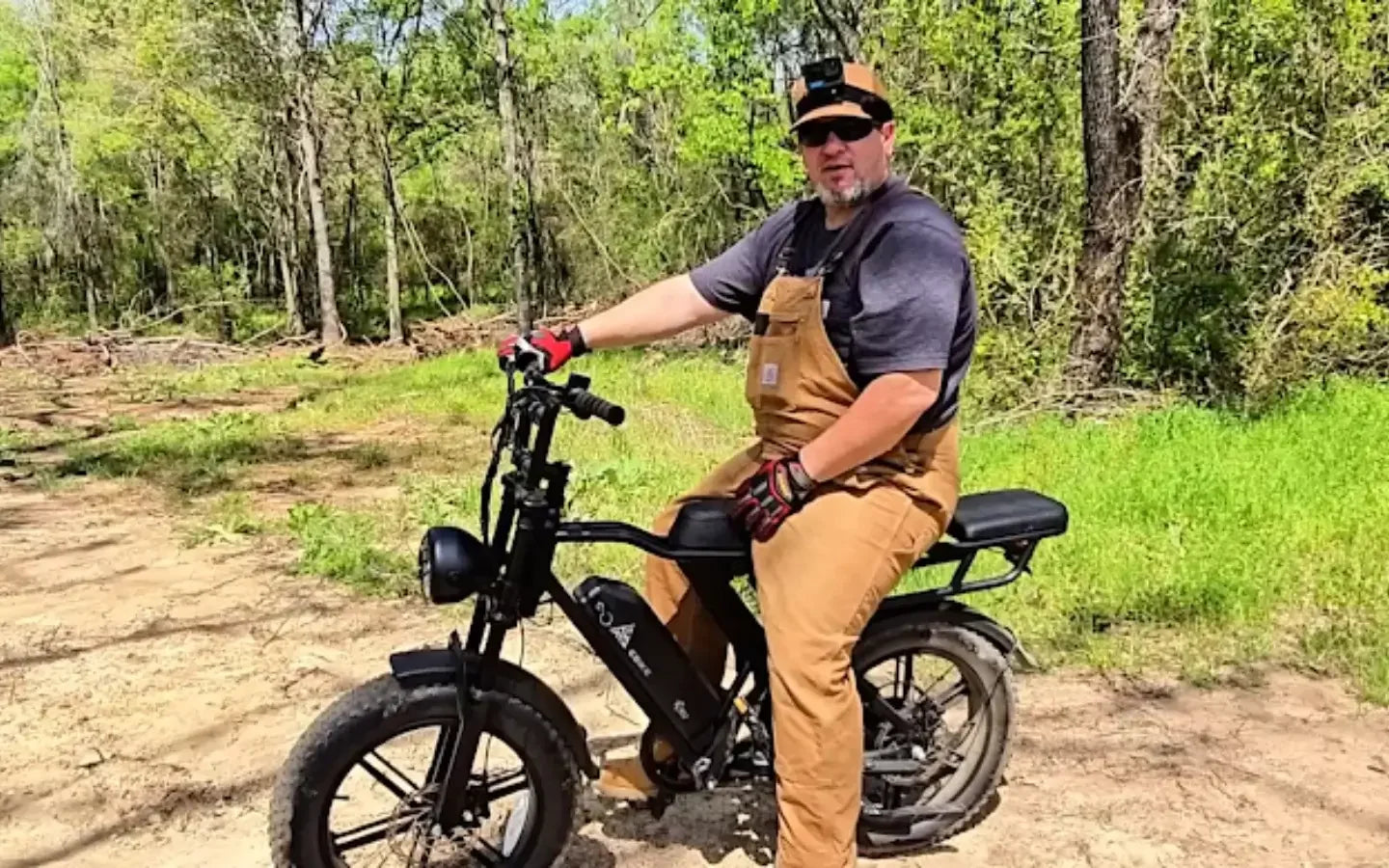
Leave a comment
This site is protected by hCaptcha and the hCaptcha Privacy Policy and Terms of Service apply.